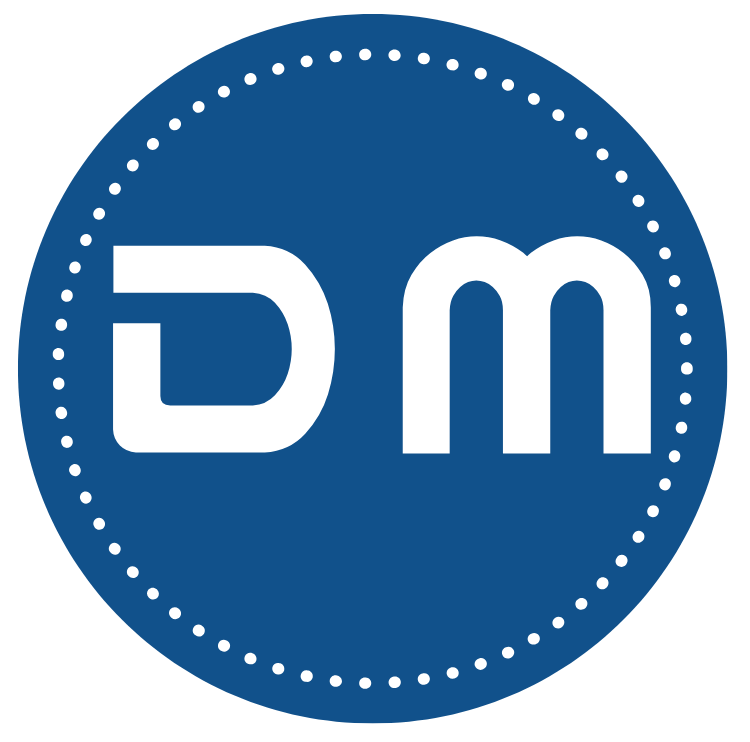A Brief History of the Website: From Humble Beginnings to Global Phenomenon
The website, a ubiquitous presence in the 21st century, has fundamentally reshaped how we access information, communicate, and conduct business. Its history, though relatively short compared to other forms of media, is a fascinating journey of innovation and transformation. From its academic origins to its current status as a global phenomenon, the website’s evolution reflects the rapid advancements in technology and its profound impact on society.
The story of the website begins in 1989 at CERN, the European Organization for Nuclear Research, where British scientist Tim Berners-Lee invented the World Wide Web. His vision was to create a system that would allow researchers to easily share information across different computers. This led to the development of the three fundamental technologies that underpin the web: Hypertext Markup Language (HTML), which provides the structure for web pages; Hypertext Transfer Protocol (HTTP), which governs how information is transmitted across the internet; and Uniform Resource Locators (URLs), which serve as the unique addresses for web resources. The very first website, hosted on a NeXT computer at CERN, went live in 1991 and provided information about the World Wide Web project itself.
The early 1990s witnessed the public release of the World Wide Web, marking the beginning of its widespread adoption. The development of user-friendly web browsers like Mosaic and later Netscape Navigator made the internet accessible to a broader audience. Initially, websites were primarily static, consisting of simple text and images used for sharing research papers, academic information, and basic organizational details. However, the potential of this new medium was quickly recognized, and the number of websites began to grow exponentially, fueled by the burgeoning dot-com boom of the late 1990s.
As web technologies advanced, websites became increasingly sophisticated. The introduction of Cascading Style Sheets (CSS) allowed for greater control over the visual presentation of web pages, leading to more aesthetically pleasing and consistent designs. The development of JavaScript brought interactivity to websites, enabling dynamic content and richer user experiences. This marked a significant shift from static information repositories to more engaging and functional online platforms. The rise of e-commerce in the late 1990s and early 2000s further propelled the evolution of websites, transforming them into vital tools for businesses to reach customers and conduct transactions online.
Today, the website landscape is incredibly diverse and dynamic. The advent of Web 2.0 technologies has fostered greater user participation and collaboration, leading to the rise of social media platforms, blogs, and interactive web applications. The proliferation of mobile devices has driven the development of responsive web design, ensuring that websites adapt seamlessly to different screen sizes. Websites now incorporate rich media, including high-definition videos, interactive graphics, and immersive experiences. The journey of the website, from a simple information-sharing tool to the complex and multifaceted entity it is today, is a testament to human ingenuity and its transformative power in shaping the modern world. Its evolution continues, promising even more exciting developments in the years to come.




